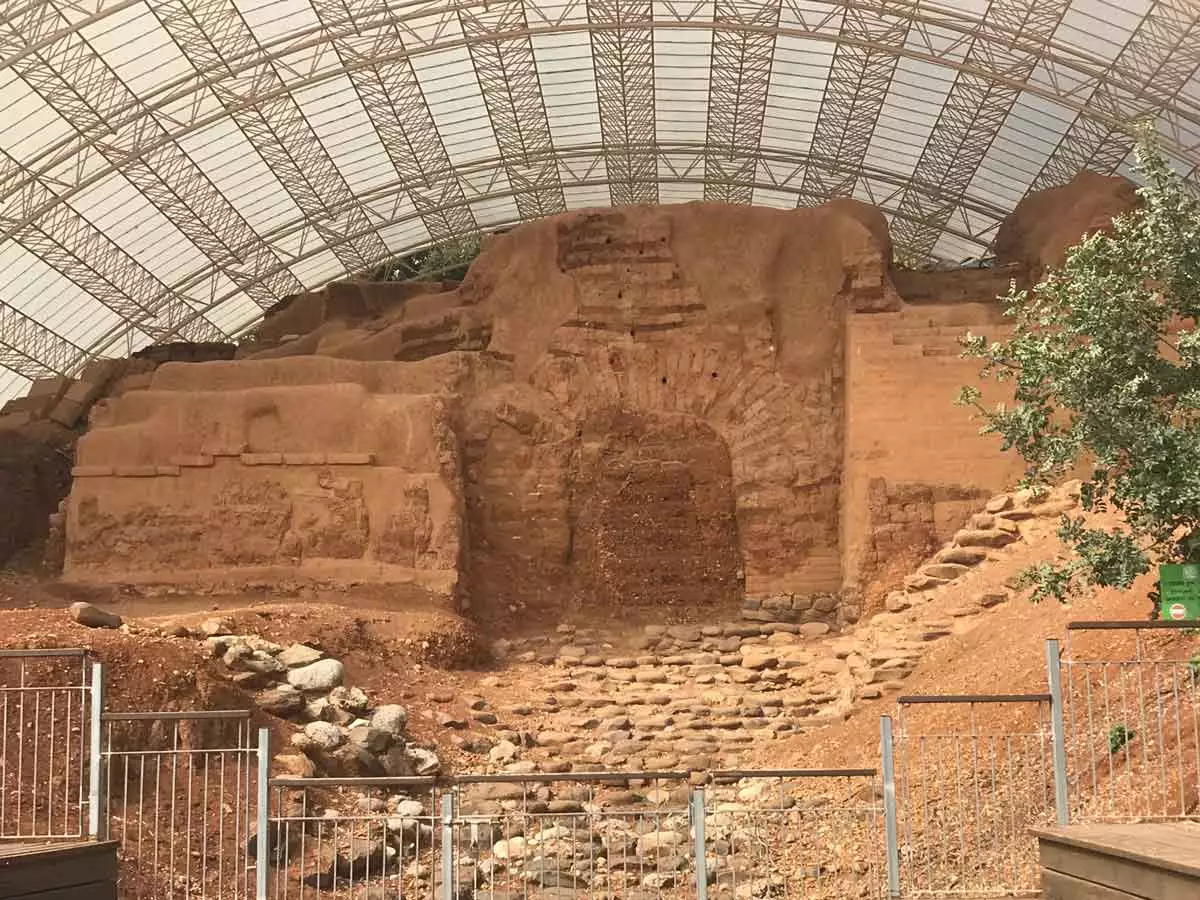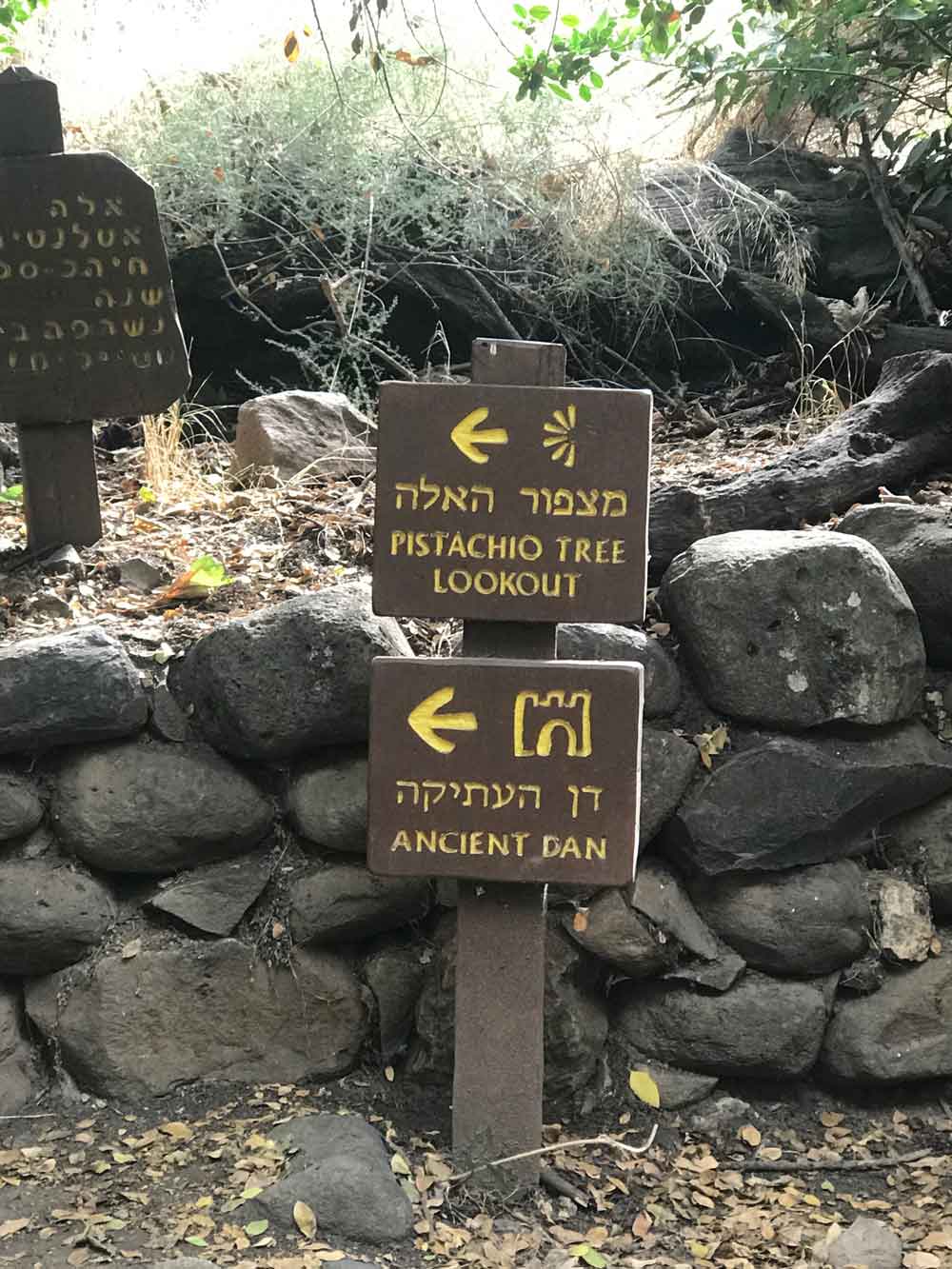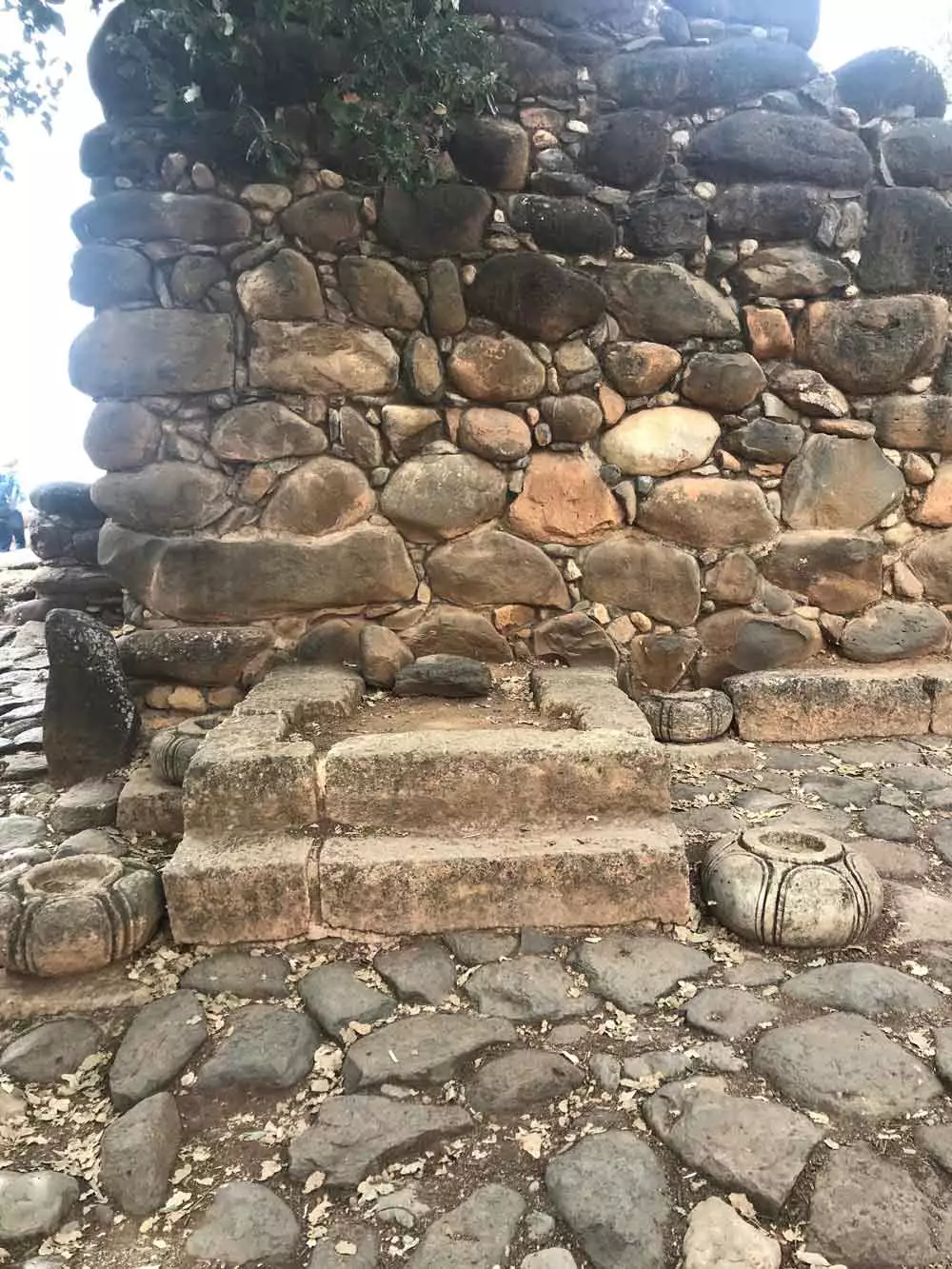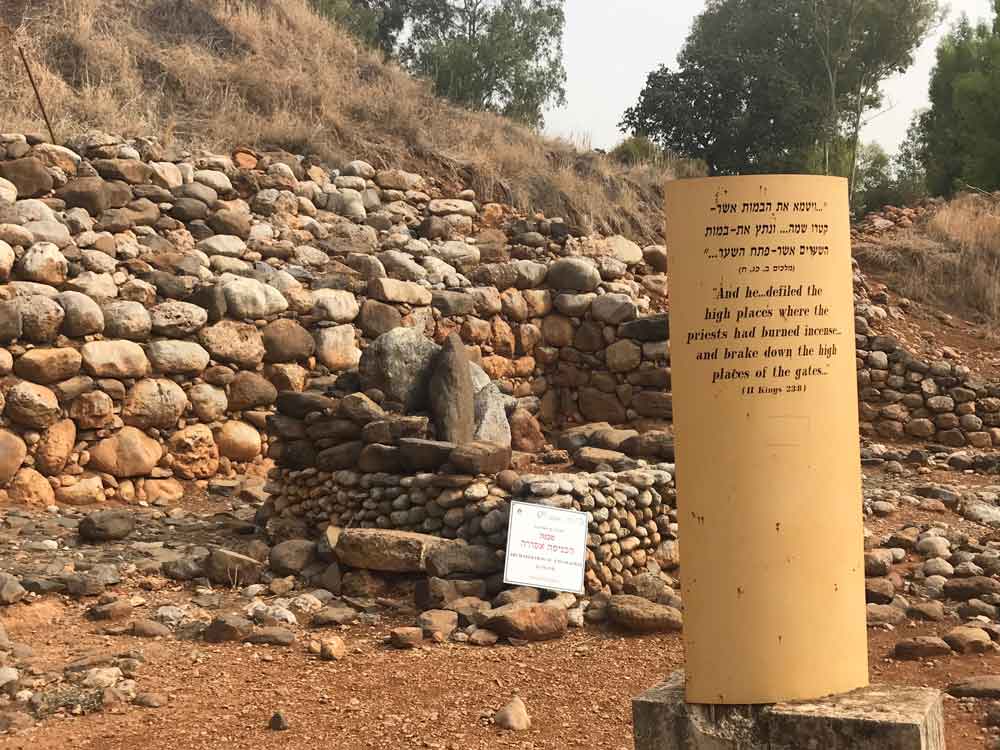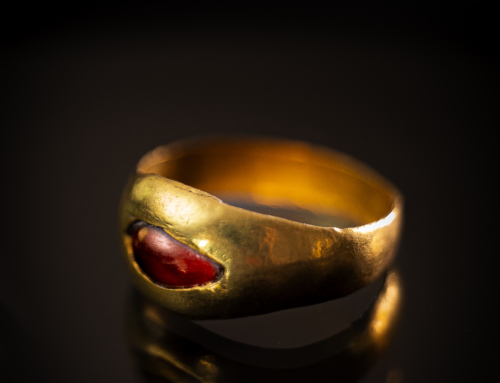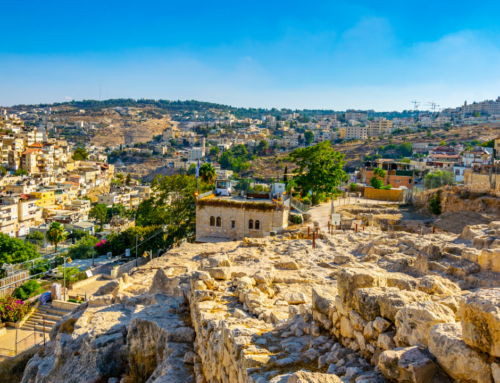One of the most desired aspects of visiting Israel on a Holy Land Tour is to encounter the ancient and connect with the hero’s of the Old Testament who lived thousands of years before. Tel Dan is one of the best places to do this.
Tel Dan is located in the very north of Israel. In fact, the saying was “from Dan to Beersheba” and was used nine times to describe the size of Israel. Today it is a nature preserve that is the site of the headwaters of the Jordan River, ancient ruins, and a close view of Lebanon.
Tel Dan was one of the longest running archeological dig sites, with digs happening from 1966 until the very end of the 1990s. Massive amounts of finds were located here that cemented this as the location of Dan.
History of Tel Dan
Dan was an ancient city that under its former name, Laish (also referred to as Lashem or Laysha), was founded around 4500 BC, during the Neolithic era around 6000 years ago! At some point in the 4th century BC however it was abandoned for a thousand years.
During the Bronze age the town again flourished. Abram at the time lived around the Dead Sea, and tribal wars led to his nephew, Lot, being taken hostage and his possessions plundered (Genesis 14). When Abram was informed of this, he took 318 trained men and pursued his nephew all the way to Dan, about 200 miles. Abram attacked by night and was able to not only rescue Lot, but take back all the plundered possessions, as well as the other people taken by the invaders.
A very popular site within the Tel Dan site is that of the city gate, referred to as “Abraham’s Gate”. It is from around the time that Abraham would have lived, 18th-19th century BC, and he possibly walked though this very gate. An interesting part of this gate is that there is an arch, which was supposed to have been a Roman invention, however this gate predates Roman occupation by 2000 years! This arch is seven meters high and made of mud brick. This has now been identified as one of the oldest arches in the entire world.
The gate was discovered in 1979, however restoration took years afterward. It had been completely encased in mud, which preserved it for thousands of years. Today, the fortified walls, towers and gate are all exposed with a cover over the structure to help preserve the integrity of the site. There are even bleachers so teaching at the site can take place. It’s a very popular place for tour group photos!
In later years the tribe of Dan, who had no land of their own, conquered the city of Laish and renamed it Dan, for their father. This event was recounted in Judges chapters 18 and 19. The city was part the of the kingdom of David, first mentioned as “From Dan to Beersheba” in Judges 20:1 and then regarding the establishment of David’s throne over Judah and Israel in 2 Samuel 3:10.
From that time period also comes one of the most significant finds in Israeli and Biblical archeology, the Tel Dan Stele. This inscription was found in 1993 and provided the first historical account of King David outside of the Old Testament. The inscription describes a won battle by king Hazael of Aram against the “King of Israel” and “king of the House of David.”.
Furthermore you will be able to see an uncovered throne that may have been used by a judge or priest. This is in the gatehouse area built by King Ahab. 2 Samuel 19:9 speaks of, “Then the king arose, and sat in the gate and they told all the people, saying behold, the king doth sit in the gate. And all the people came before the king.”
Perhaps this throne is where this happened!
Tel Dan and the High Places
One of the more somber areas of this preserve is the site of King Jeroboam’s cult centers, also referred to as “the High Places”. In the Bible, when describing kings, over and over again a kings’ goodness was measured by whether or not he left the high places. He could do many great things, but, the description would include a “but” and tell you he was still wicked because he left these high places in place. Jeroboam built this place and put a golden calf as it’s focus of worship in place of the Temple in Jerusalem (1 Kings 12:26-30).
You can see a metal frame over the destroyed footprint of the alter now. The high places were destroyed by King Hezekiah, rebuilt by his wicked son Manasseh, and again destroyed by King Josiah.
Tel Dan Today
today Tel Dan is an ecological nature preserve ran by the Israel Nature and Parks Authority. It is visited by many visitors today who enjoy the archeology and nature. It’s a place where you can truly become “lost in time” and a place you should include in your next tour of the Holy Land!

